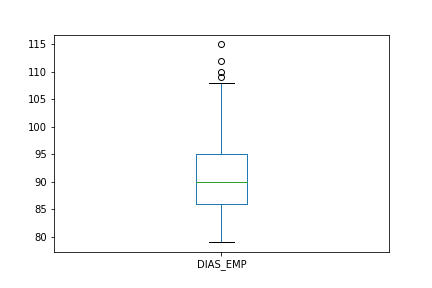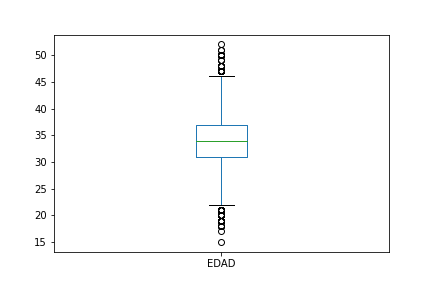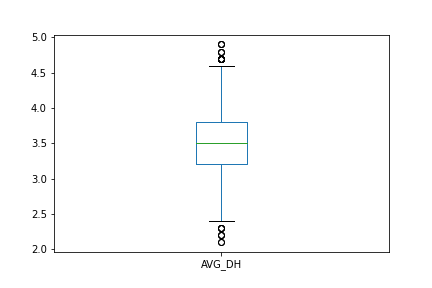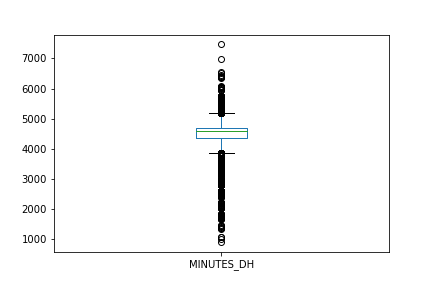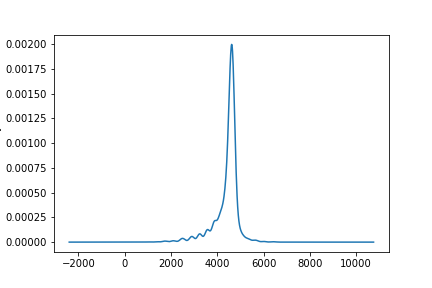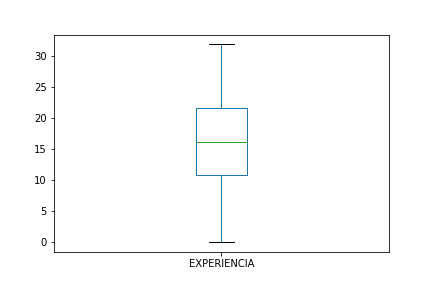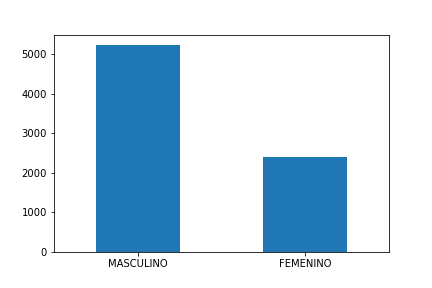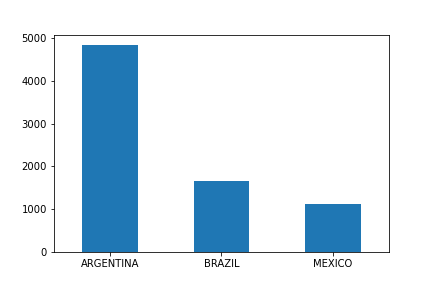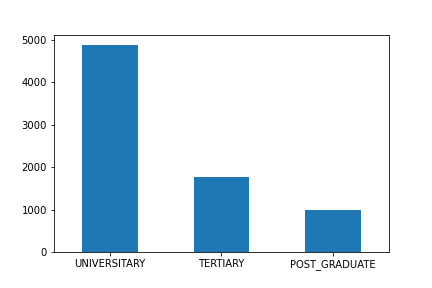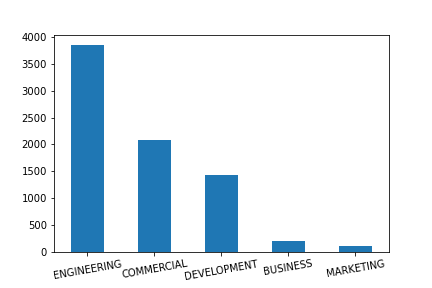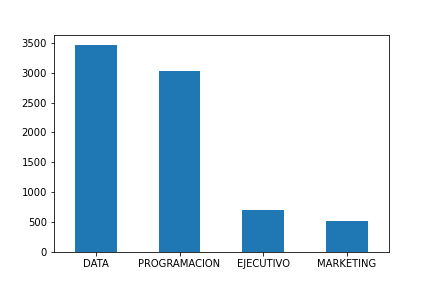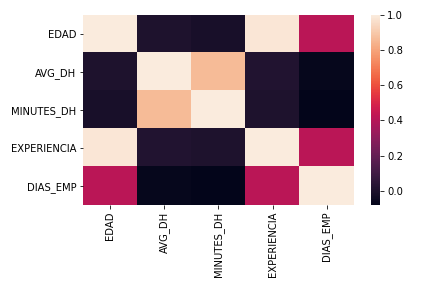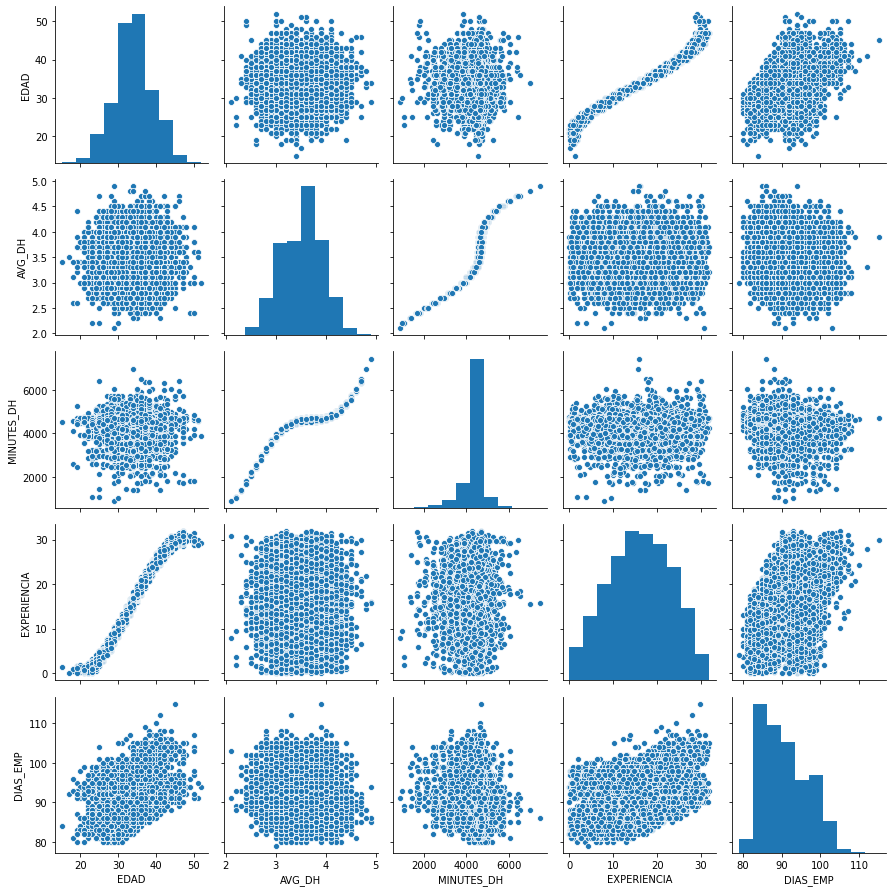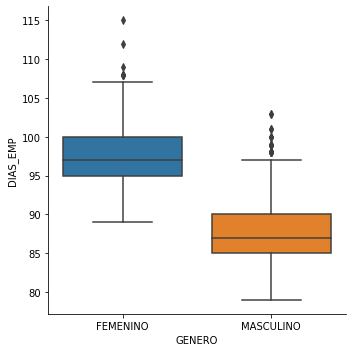The objective of this project is to predict the number of days that a graduated student from online Bootcamps will take to find a job.
The dataset was provided by Digital House, and Argentine coding school with more than 99,000 graduates, in the context of the 2020 IBM Behind the Code Hackathon.
The data is a graduate-level dataset that contains personal characteristics, performance in the Digital House course and the number of days that the student took to find a job after completion of the program.
- The dataset is composed of 8,995 data points
- The variables in the dataset are: EDAD (age), GENERO (gender), RESIDENCIA (residence), NV_ESTUDIO (education level), ESTUDIO_PREV (previous area of study), TRACK_DH (name of the course), AVG_DH (final grade of the course), MINUTES_DH (number of minutes spent studying), EXPERIENCIA (previous work experience in years), DIAS_EMP (number of days to find a job).
- On average the variables have 1300 null values, except the target variable that has 0 null values as expected.
- The average days graduated students take to find a job is 91
- Not many outliers were found, however, all of them (4 data points) are in the upper side of the distribution.
- The minimum amount of days that students took to find a job was 79, and the maximum 115.
- The average age of Digital House students is 34 years.
- 1,327 null values were found.
- There are outliers in both the upper and lower ends of the distribution (94 outliers in total). As an example, there is a 15 years old student who took 84 days finding a job, the days to find a job is not an outlier so that data points is kept.
- The average score in the online courses was 3.5
- 1,344 outliers were found
- There are outliers in both sides of the distribution.
- The minutes students spent studying for the course has a lot of variability. Great concentration around the mean but high variability and outliers in both sides of the distribution.
- The average minutes dedicated to the course is 4,420.
- The max amount of minutes dedicated to the course is 7,466 and the least amount is 889
- No outliers were found in the experience variable.
- The dataset has more men than women.
- As gender is a feature, this does not represent an imbalance problem.
- As expected, more Argentina residents were found in the data set.
- The online students are mostly concentrated in university students.
- Mainly engineering students took the online classes.
- The courses offered were Data, Programming, Executive, Marketing
- The correlations heatmap shown below evidence a positive correlation between Age and experience and the target variable.
- We cannot conclude that AVG_DH and MINUTES_DH are not relevant covariates due to the absence of correlation with the target variable.
- The pairplot charts confirm the absence of correlation with the target variable, but evidences high correlation between some variables: Age and Experience, AVG_DH and MINUTES_DH.
- The high correlation could suggest colinearity bewteen covariates.
- There was no significant difference in mean between the groups of most categorial variables. However, the most prominent difference was found in the difference of days to find a job between men and women.
For a more efficient integration with IBM Cloud, all the preprocessing steps were consolidated into a pipeline (the code can be found in transformation_pipeline.py). The setps included are:
- Column removal
- Encoding of categorical variables
- Imputation of values with iterative imputer
The model that best performed on the regression task of estimating the average number of days to find a job was XGBoost (R2=81%). The datails of the estimation can be found on the Jupyter Notebook.
